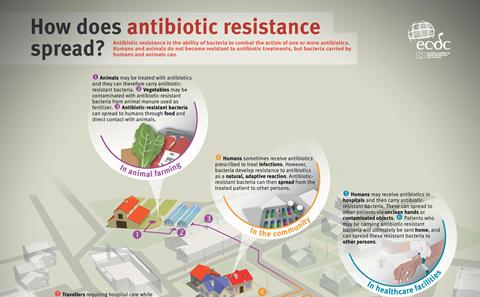.jpg_SIA_JPG_fit_to_width_MEDIUM.jpg)
Copper is anti-microbial
Contact surfaces are a reservoir for rapid emergence of superbugs
Concomitant with an increase in the use of materials such as stainless steel and plastic there has been a dramatic rise in infections through contamination of contact surfaces in the community and in healthcare.
Once plumbing pipes moved away from being made of copper, for example, biofilms in drinking water caused problems in the past, and in some countries still do, spreading contamination rapidly and leading to outbreaks of Legionella in places like hospitals. Working with copper and finding out more about its antimicrobial properties and how to use it as a coating on existing surfaces has been all part of our work. Recent results have been published on the copper mechanism that disrupts biofilm and kills bacteria. The Biofilm Consortia's goal is to inactivate Legionella.
.jpg_SIA_JPG_fit_to_width_MEDIUM.jpg)
Contact surfaces are a reservoir for rapid emergence of superbugs

Contact surfaces containing copper might prevent the spread of viable pathogens and AMR
Infographic on the spread of AMR courtesy of the European Centre for Disease Prevention and Control
The use of copper alloys as a contact surface material has gained recognition, with particular application in food industries and hospitals. A recent study in a hospital in Birmingham (UK) demonstrated that the isolation of several pathogens, such as Clostridium difficile, Escherichia coli and methicillin-resistant Staphylococcus aureus (MRSA) from surfaces containing copper was significantly lower compared to plastic, chrome-plated and aluminium surfaces when used for toilet seats, door push plates and tap handles (Casey et. al. 2010).